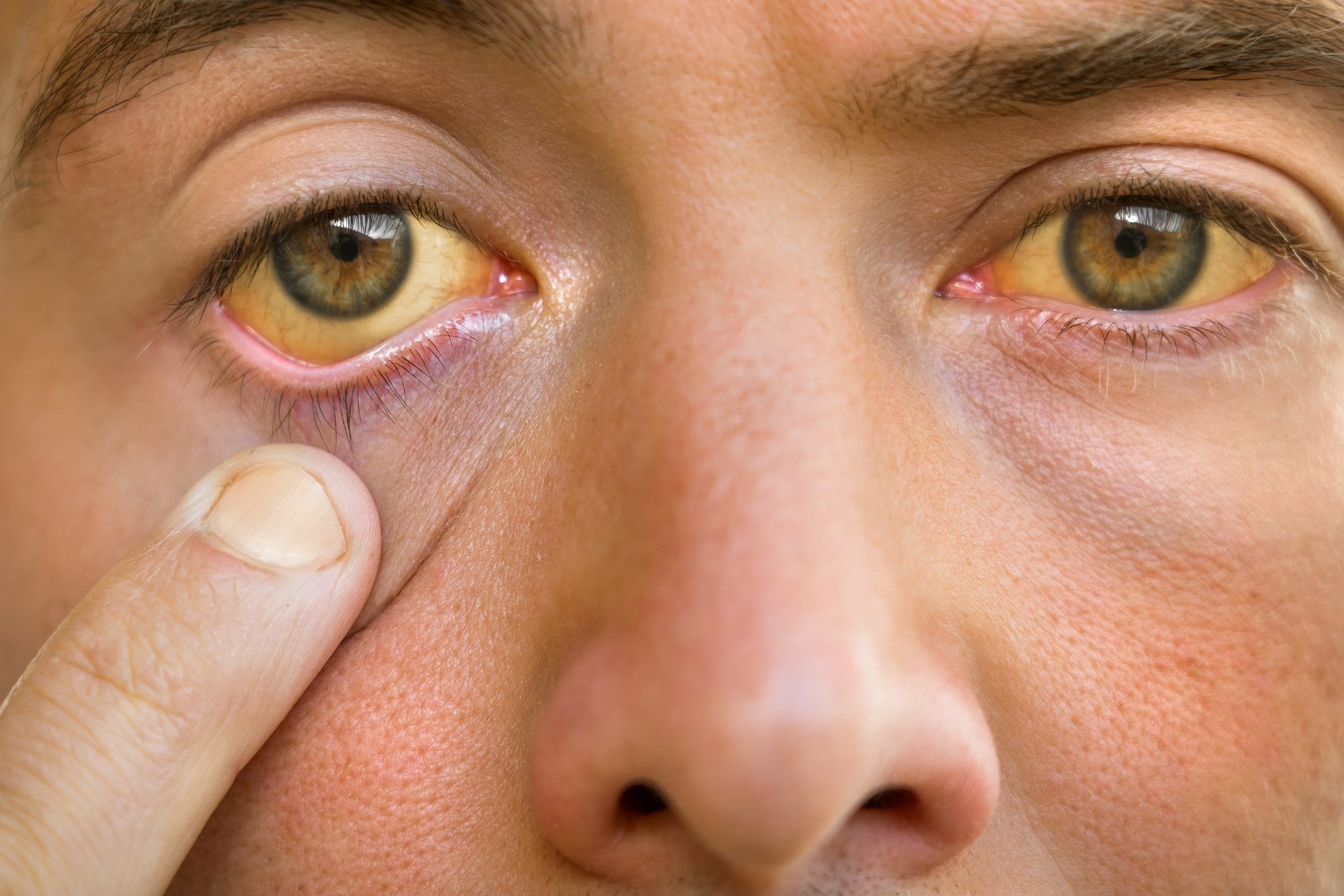
How to prevent dry eyes during winter: tips
During winter, dry eyes tend to appear more frequently or worsen. Here is why and how to deal with it
Feeling like you have a foreign body or sand inside your eyeball, irritation, burning, discomfort from light?
These are all symptoms of dry eyes, a problem that tends to appear more frequently or worsen during winter.
Dry eyes
Dry eye is a disorder related to the malfunctioning of the tear film, the transparent, lipid film that has the task of defending the eye and cleansing the cornea.
The most common symptoms of this problem are redness, foreign body sensation, burning, itching and discomfort from light. In addition, the person may experience increased eye strain and fatigue, blurred vision and clogged (‘sticky’) eyelids with a feeling of heaviness.
Dry eye, risk factors
There are certain risk factors that increase the risk of suffering from dry eye, such as
- the use of contact lenses
- prolonged use of computers, smartphones, tablets and video games, which reduce the frequency of blinking, i.e. the opening and closing of the eyelids, which helps to spread tears on the cornea. In addition, they are a source of stress for the eyes,
- exposure to environmental causes such as air pollution and dry or air-conditioned air;
- cigarette smoke.
In winter, the disorder can become more frequent because the biting wind and heating have a negative effect.
Dry eyes treatment
In case of dry eye, the ideal is to contact an eye doctor specialised in dry eye syndrome, who can prescribe a tailor-made treatment.
First, the specialist will analyse the situation to try to determine the cause of the problem, based on which he or she will determine the most appropriate therapeutic treatment.
Often, the use of eye drops, artificial tears, corticosteroids in eye drops, ophthalmic ointment, cyclosporine in eye drops is recommended to treat the disorder: these are all remedies that provide temporary relief.
One should know, however, that there are other therapies for dry eye, such as closing the tear duct by applying silicone plugs, which can be permanent or temporary. In addition, therapy can be carried out using the latest generation of medical devices that allow stimulation of the eyelid glands deputed to the formation of the tear film thanks to pulsed light (Intense regulated pulsed light).
Dry eye natural remedies
Some targeted strategies can also be used to improve dry eyes.
Here are some very effective ones
- Warm, moist compress: soak a cotton ball or make-up remover pad in a basin filled with boiled water. Then apply the cotton ball to the eyes and leave it on for about 10 minutes. This treatment will help the glands to produce a better tear film;
- wear glasses: wearing glasses to protect your eyes during the day helps to improve the situation;
- massage the eyes: massage the eyelids towards the eyelashes. This helps the lipid content of the glands to escape and improves the tear film;
- eat foods rich in omega 3: the best way to get omega 3 is to eat fish from the cold seas, such as cod or salmon;
- improve environmental conditions: avoid setting the air conditioner too high and dehumidify the room well to make the air drier.
However, if the problem persists, it is always best to consult an ophthalmologist.
Read Also
Emergency Live Even More…Live: Download The New Free App Of Your Newspaper For IOS And Android
Dry Eye Syndrome: Symptoms, Causes And Remedies
Red Eyes: What Can Be The Causes Of Conjunctival Hyperemia?
Autoimmune Diseases: The Sand In The Eyes Of Sjögren’s Syndrome
Corneal Abrasions And Foreign Bodies In The Eye: What To Do? Diagnosis And Treatment
Covid, A ‘Mask’ For The Eyes Thanks To Ozone Gel: An Ophthalmic Gel Under Study
Dry Eyes In Winter: What Causes Dry Eye In This Season?
What Is Aberrometry? Discovering The Aberrations Of The Eye
Stye Or Chalazion? The Differences Between These Two Eye Diseases
Eye For Health: Cataract Surgery With Intraocular Lenses To Correct Visual Defects
Cataract: Symptoms, Causes And Intervention
Inflammations Of The Eye: Uveitis
Corneal Keratoconus, Corneal Cross-Linking UVA Treatment
Myopia: What It Is And How To Treat It
Presbyopia: What Are The Symptoms And How To Correct It
Nearsightedness: What It Myopia And How To Correct It
Blepharoptosis: Getting To Know Eyelid Drooping
Lazy Eye: How To Recognise And Treat Amblyopia?
What Is Presbyopia And When Does It Occur?
Presbyopia: An Age-Related Visual Disorder
Blepharoptosis: Getting To Know Eyelid Drooping
Rare Diseases: Von Hippel-Lindau Syndrome
Rare Diseases: Septo-Optic Dysplasia
Diseases Of The Cornea: Keratitis
Heart Attack, Prediction And Prevention Thanks To Retinal Vessels And Artificial Intelligence
Eye Care And Prevention: Why It Is Important To Have An Eye Examination


